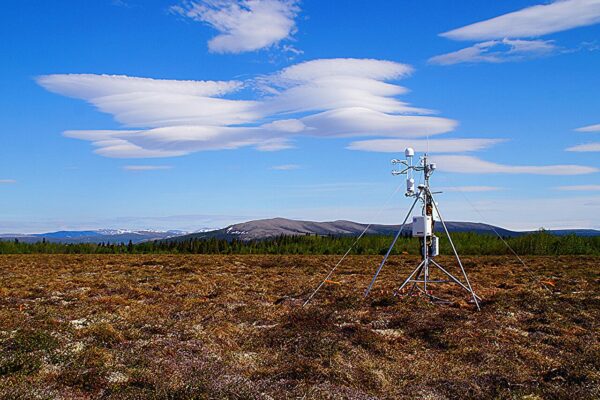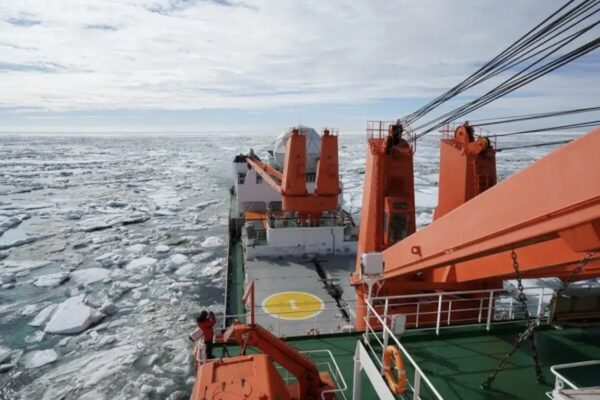Arctic Multiyear Sea Ice Reaches a Record Low, Raising Global Warming Concerns
Arctic sea ice appeared clued-up to set the amount of multiyear ice at a record low. The sea ice had been pursuing the streak with the past record low years of 2020 and 2012.
The Arctic sea multiyear ice decline has occurred in recent years. Sea ice in the Arctic Ocean has been melting at a rapid pace owing to global warming and carbon emissions. Scientists are worried about the health of Arctic ice as the region has lost 95 percent of its thick multilayer sea ice since 1985 and has hit the record low.
The ice loss got hindered and somehow managed to avoid a disastrous year for sea ice cover as the cloudy weather dominated the Arctic region in early August, which eventually controlled the summer melt. This year at the beginning of August, multi-year ice covered just 1.6 million square kilometers.
The volume and concentration of sea ice including the presence of multiyear ice is quite low. The data is yet to be completely evaluated. There is a disproportion between the range, volume and concentration of the ice cover. The ice is oddly thin and uneven, indicating the bad situation of the ice cover.
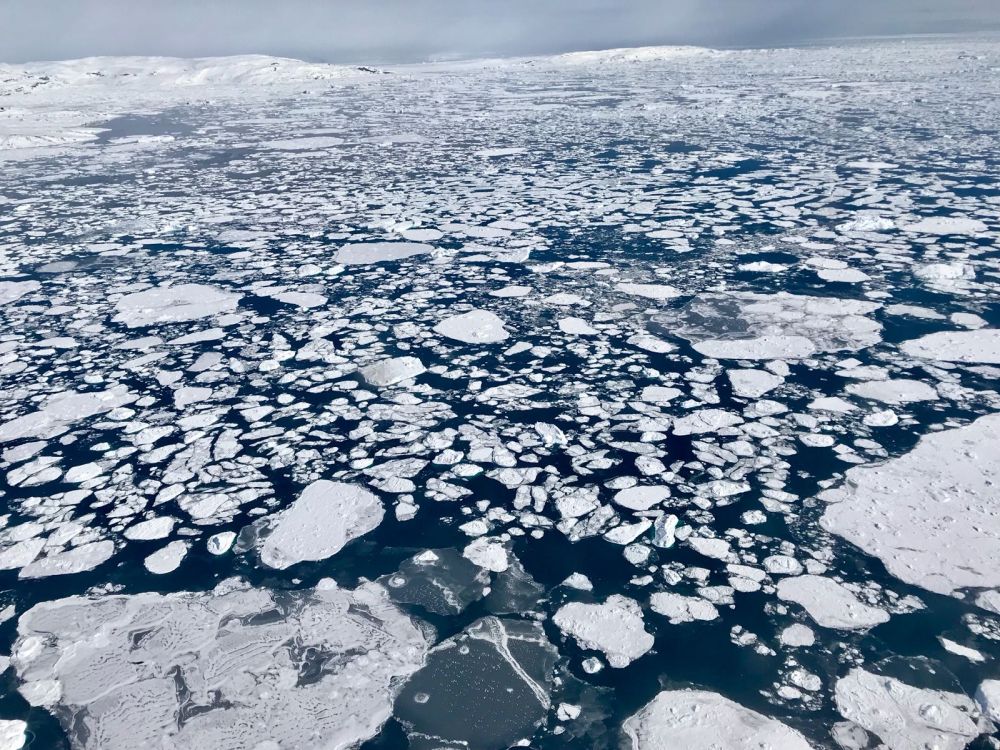
Image: NASA
Scientists measure ice range by breaking up the ocean into parts or cells, each covering an area of 625 square kilometers and examining pixels in satellite images to determine the part containing ice. Any cell with more than 15 percent ice is counted as solid with ice, while any cell beneath 15 percent is measured to contain no ice.
This method is not an efficient way of measuring the range of ice as, for instance, it would not differentiate between 20 percent and 90 percent ice cover. Accordingly, when sea ice extent within a grid cell exists in very low concentrations, it will still be counted in the same category of higher concentrations.
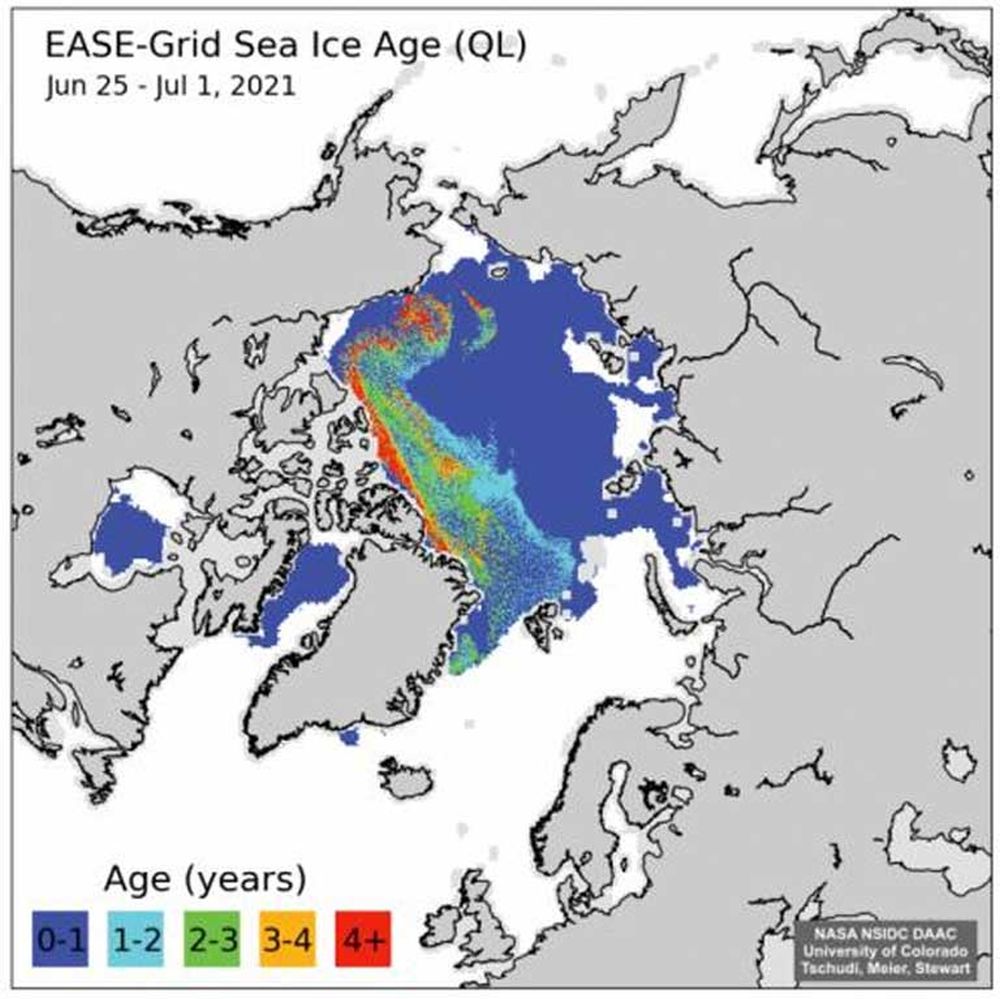
Image: NASA Ease
Mark Serreze, executive director of the National Snow and Ice Data Center (NSIDC) agreed and said;
It’s a little misleading, a lot of these pixels are counted as ice, but they don’t have a lot of ice — maybe 30 or 40 percent. It’s very diffuse ice in areas north of Alaska’s Beaufort Sea and in the Chukchi Sea this year.
Multiyear ice continues during the summer melting season, certainly becoming thicker, rougher and more melt-resistant with the passing years. The ecosystem depends on this old ice, it has also helped in stopping a Blue Ocean Event (BOE).
Also Read: Last Ice Area of Arctic is Facing Existential Crisis Amid Climate Change
Robbie Mallett, who studies sea ice and is a Ph.D. candidate at University College London explained that although multiyear ice is more resilient than fresh ice, this year there was a lot of older ice thrust into regions where ice normally melts.
Multiyear ice loss would have adverse consequences on the Arctic ecosystem as it will impact the global climate. Multiyear ice is immensely important because it is thick, therefore it reduces the amount of light that pierces Arctic waters. It also serves as a buffer against warming the Arctic atmosphere and ocean, protecting the rest of the sea ice by hindering the BOE.
The reduction in multiyear ice would keep increasing unless the progression in carbon emissions is decreased commendably.
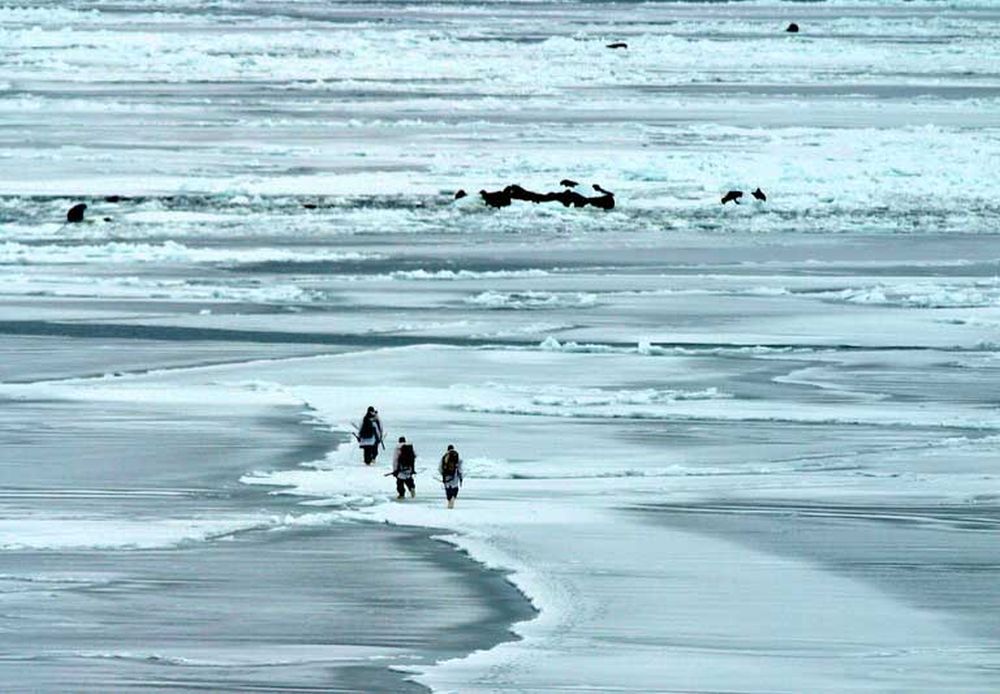
Image: U.S. Geological Survey
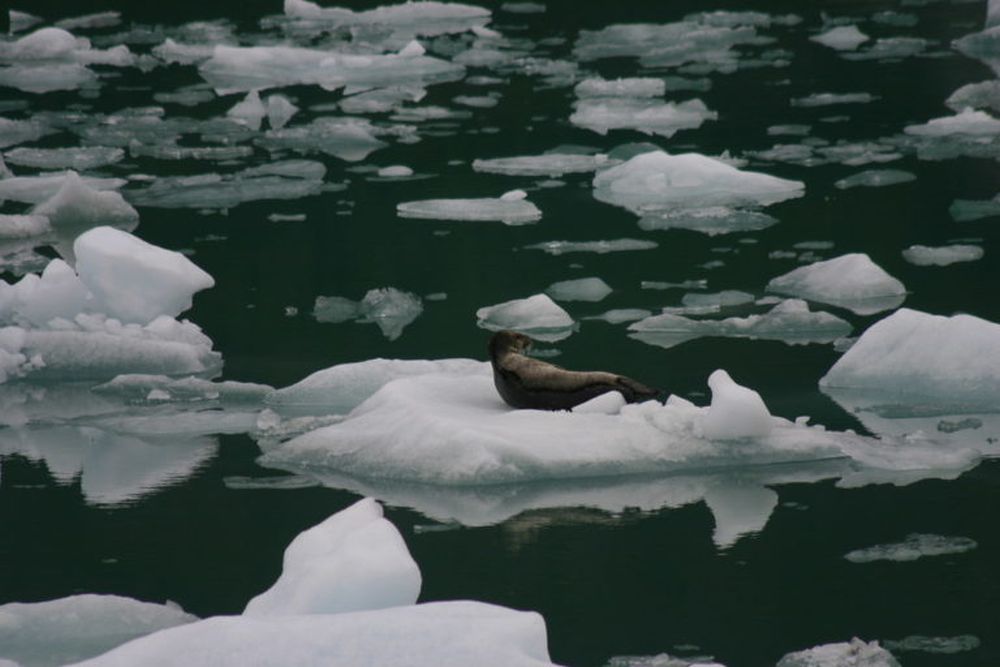
Image: Huron Tours & Travel
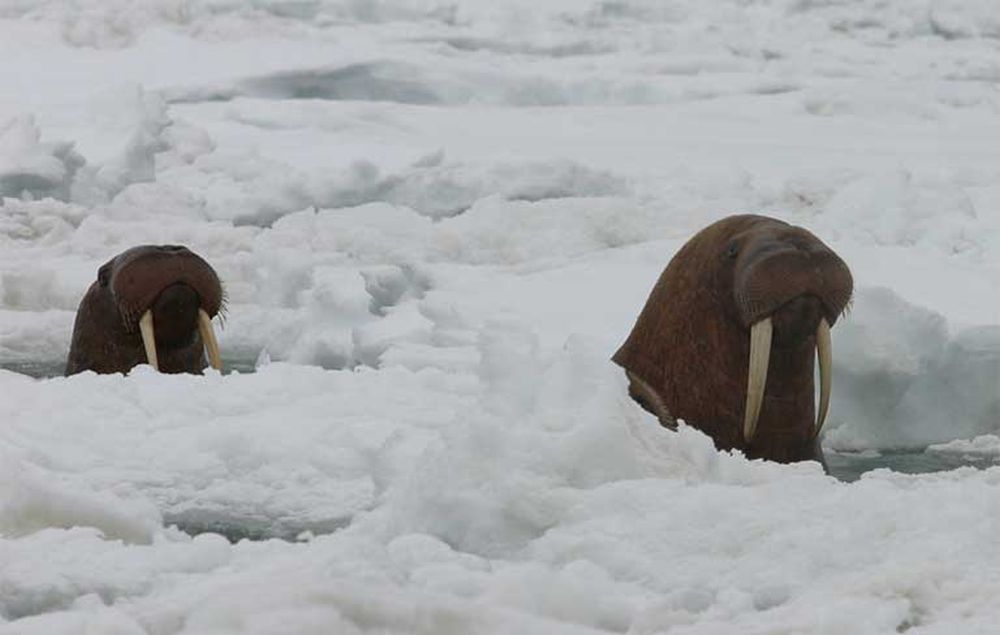
Image: USFWSAlaska
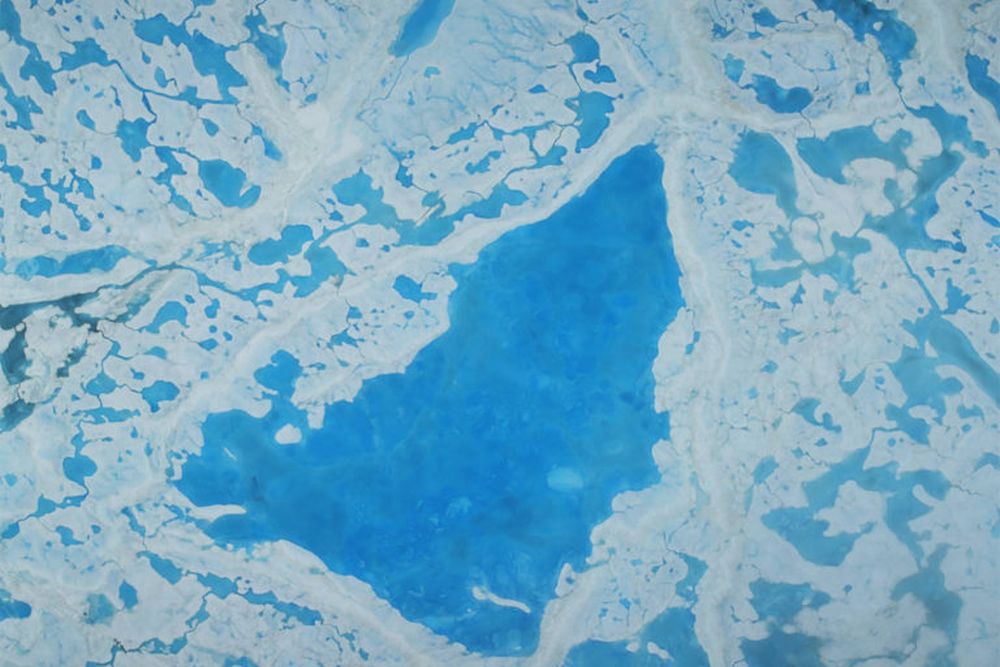
Image: NASA/Operation IceBridge
Via: Mongabay
